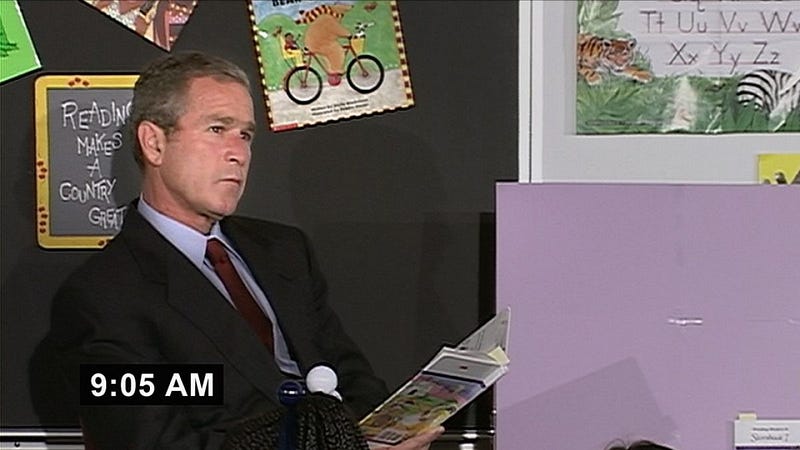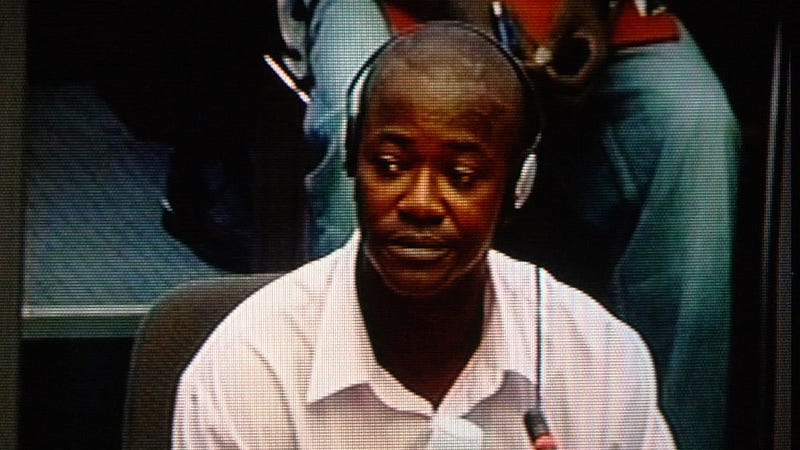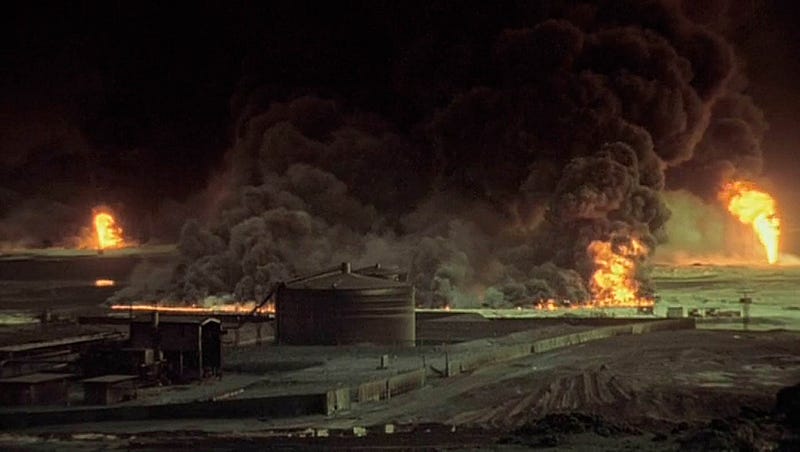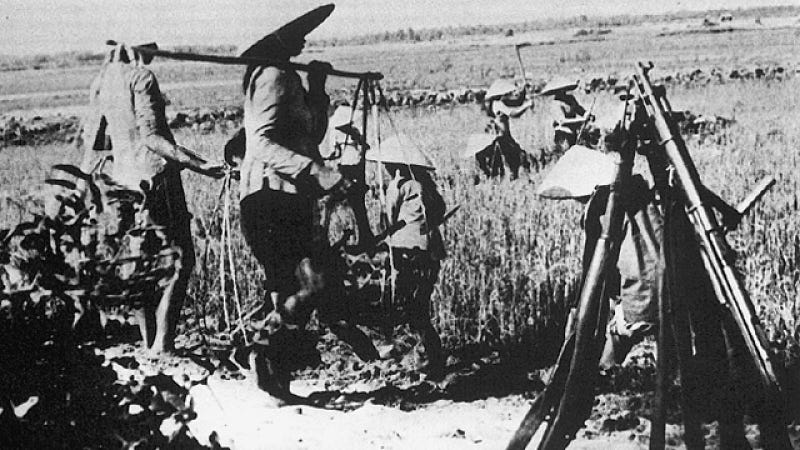
The traces of war filmed in frames that will be saved for posterity. With the exception of the first and second World Wars- which will have an special article — GuideDoc brings you five essential documentaries that reflect on the most devastating phenomenon of mankind.
In case you didn't now, GuideDoc is a global curated documentary streaming platform. Watch the world's best award-winning docs from around the world. We have new movies every day.
Are you looking for related documentaries? You can watch online now this documentary about war.
Fahrenheit 9/11 by Michael Moore (2004)

The defiant filmmaker Michael Moore makes a bold and at times hilarious investigation into the background of September 11 attacks in New York City and the invasion of Iraq by the George W. Bush administration.
The documentary recounts Bush’s coming to power from his controversial presidential election, unveils the business connections between the Bin Laden family and the Bush, and their dark motivations to wage war in the Middle East for financial purposes.
The title of the film resembles that of Ray Bradbury’s novel, “Fahrenheit 451,” which refers to the temperature at which the paper burns, but in the case of Moore’s film it suggests “the temperature at which liberty burns”.
Fahrenheit 9/11 is one of the few documentaries that have won the Palme d’Or at the Cannes Film Festival and its release in 2004 could not prevent the re-election of George W. Bush to the presidency of the United States.
War Don Don by Rebecca Richman Cohen (2010)

What is the price to be paid to fulfill an ideal? History has taught us that war is, without a doubt, a usual commodity when it comes to answering this question. Director Rebecca Richman Cohen approaches this dilemma by focusing on a character on the brink of planetary condemnation.
He is Issa Sesay, who was the commander of the Revolutionary United Front and unleashed a war for control of Sierra Leone in the 90´s. In addition to making a retrospective of the rise and fall of the RUF leader, War Don Don follows the events surrounding Sesay´s trial in which he is accused of war crimes in the “Special Court,” the tribunal that the UN helped to institute in the capital of the African country after the end of the war.
Through this approach to the individuality of a character, War Don Don makes a centrifugal portrayal of a war that lasted ten years and that the same Sesay finished with his own hands. The film gains value by unveiling the tender motives behind every heinous act, so showing the ambivalence in the figure of the revolutionary leader, seen by some as a humanist and for others as a ruthless genocide, is key to understanding in context the phenomenon of violence and war.
Lessons of Darkness by Werner Herzog (1992)

Director Werner Herzog shows the devastated oilfields of Kuwait after the Gulf War as traces of a post-apocalyptic world worthy of being explored in its most epic sense.
The horror and magnificence conveyed in the beautifully captured images filmed in aerial shots, static shots or through long travelling shots evoke the mysterious dilemma of man’s free will to succumb to self-destruction.
Herzog first filmed all the images of the documentary almost entirely in the Kuwait desert and then, in the editing room, gave shape and voice to a sober meditation on a hypothetical world outside our planet invaded by destruction and desolation.
Lessons of Darkness is not just a poetic reflection about war; it is a meditation on humanity in the less ethical moments of its existence.
The 17th Parallel by Joris Ivens (1968)

Joris Ivens traveled the world denouncing the inequalities of Western modernization and the heroic resistance of the oppressed. In this documentary, Ivens approaches the Vietnam conflict by sinking underground with the Vietnamese peasants to film their daily routine during the American invasion.
In The 17th Parallel we see how the Vietnamese manage to harvest their rice fields, which they grow during the night, despite the constant bombardments of enemy warplanes. Without hiding his ideological solidarity with the Vietnamese people, Ivens manages to draw a portrait of resistance from the very heart of war, always prioritizing the human face and the organizational dynamics of the inhabitants of the invaded country.
During the first week of its screening in Paris, where Ivens and his wife lived, the premiere of the documentary had to be suspended twice due to bomb alerts, presumably by groups of the extreme right wing.
The Three Rooms of Melancholia of Pirjo Sonsakalo (2004)

In The Three Rooms of Melancholia, Finnish director Pirjo Sonsakalo makes a crude portrait of the Second Chechen War by filming the repercussions of the conflict on the children of the countries involved.
The film consists of three chapters that differ aesthetically and geographically. The first is entitled “Longing” and shows through an observational approach the day-to-day routine inside a military academy near St. Petersburg in which hundreds of Russian children, mostly orphans, prepare to go to the battlefield of the same war that took away their families.
The second chapter, “Breathing,” is filmed in black and white and shows the debris and few remains of humanity in Grozny, the capital of Chechenia. There, a volunteer social worker must take under her shelter the three children of a dying woman in order to take them to an orphanage where they can have humanitarian care.
The third chapter, “Remembering”, shows us the images inside an orphanage where several children have grown since the First Chechen War. At the end of the film, we see the surreal images of a Muslim ceremony where a goat is sacrificed. We see its blood spattered on the faces of the small children who take part in the rite.
Watch more essential documentaries on GuideDoc.